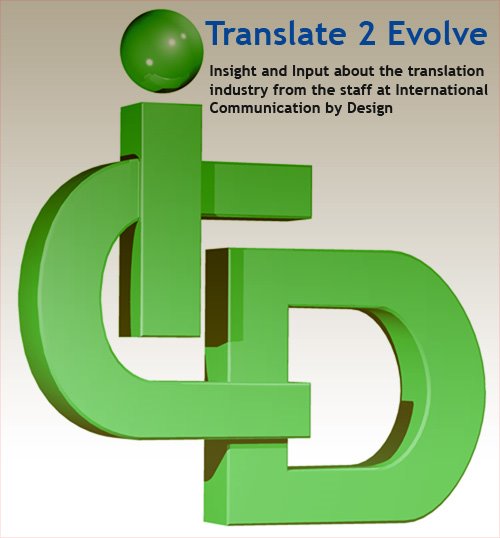 My last post got a lot of responses from people, and Jeff from sales decided to share his own experience from a recent trade show. In Jeff's own words and a picture of Jeff, so you can visualize him actually telling you about his experience.
My last post got a lot of responses from people, and Jeff from sales decided to share his own experience from a recent trade show. In Jeff's own words and a picture of Jeff, so you can visualize him actually telling you about his experience.
"While attending a trade show in Las Vegas, I had a few observations on how America and thus the world is doing business. This show was traditionally among the top five attended trade shows annually in Las Vegas. This year attendance was down 35% from last year. Sad to say, last week the Las Vegas Convention Bureau announced that hotel occupancy for the first week of February was down 40%. Not good news for Vegas for now, but in the long run, maybe.
AHH, but not all is lost. When I was walking the show, talking with exhibitors I heard good news. The “Looky Lous” or in the construction industry, the “two fisted beer drinkers” were, for the most part, gone. So who was attending? Simple answer, the Decision Makers! As many exhibitors informed me, the number of leads may be down, but the quality of the lead is very high. Instead of construction companies sending a job foreman to the trade show for a week of vacation, the Presidents, Senior Vice Presidents or the Head of Purchasing were walking the floors and looking for deals.
More good news. Like the attendee’s, the exhibiting manufacturers did not have their Regional Sales Manager or National Account Manager working the exhibit booth. They were out working their territories and hopefully selling in this economy, or at the very least letting their customers know that they are still alive. The CEO’s, Presidents, Senior Vice Presidents, Directors of Corporation Communications, Directors of International Marketing and in some cases Senior Engineer’s were working the booths.
Bottom line, the decision makers from both sides of the isle were there, the equipment was carefully looked over, and pending projects were discussed and even the future was talked about. Maybe the attendance was down, maybe the exhibitors learned it doesn’t take key chains and drink insulators to sell equipment worth $2K to $2M. What it takes is getting back to the basics of doing business. Putting the correct parties together at one time. My comment as I walked away from talking with a VP of this or that company was, “Now lets sell, put America back to work and the World will follow.” To which I would see a smile and two thumbs up!"
Thanks Jeff.


